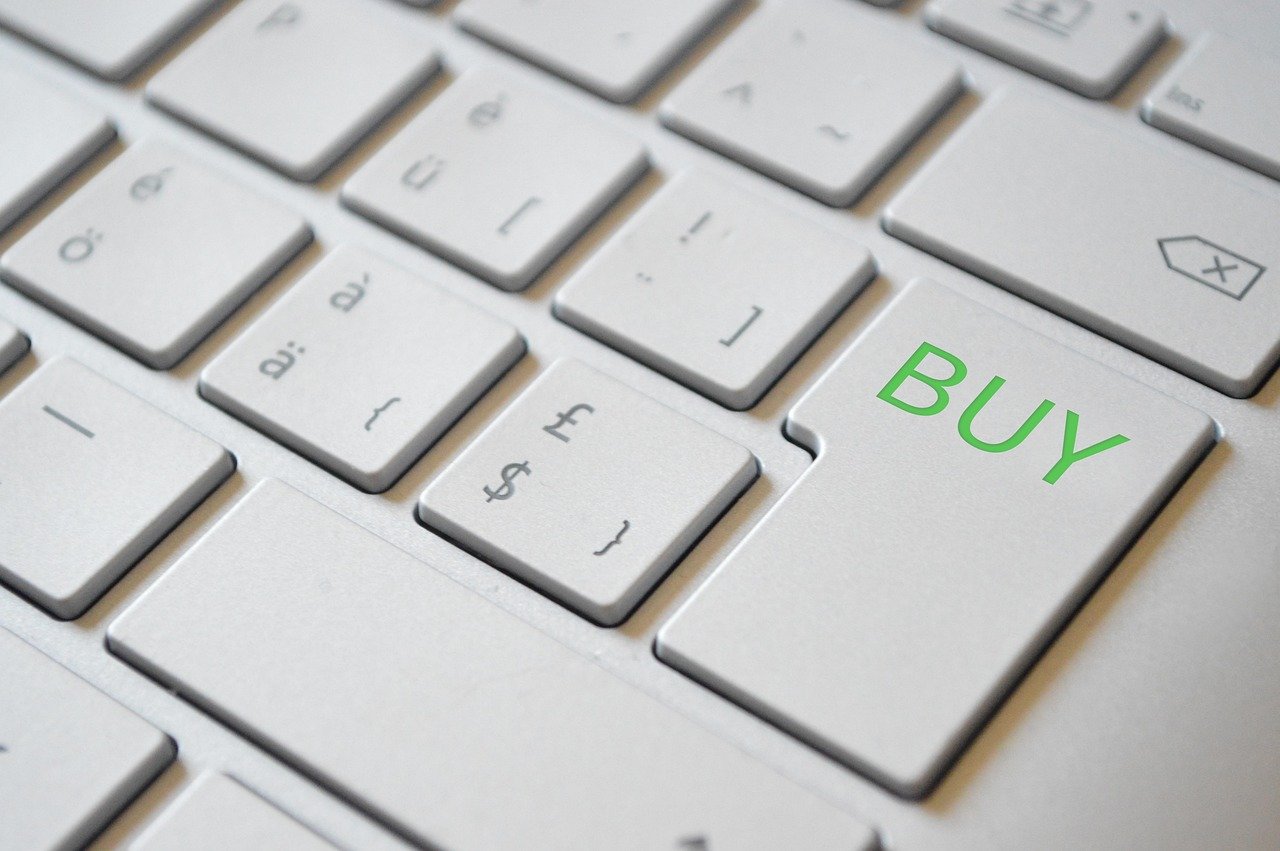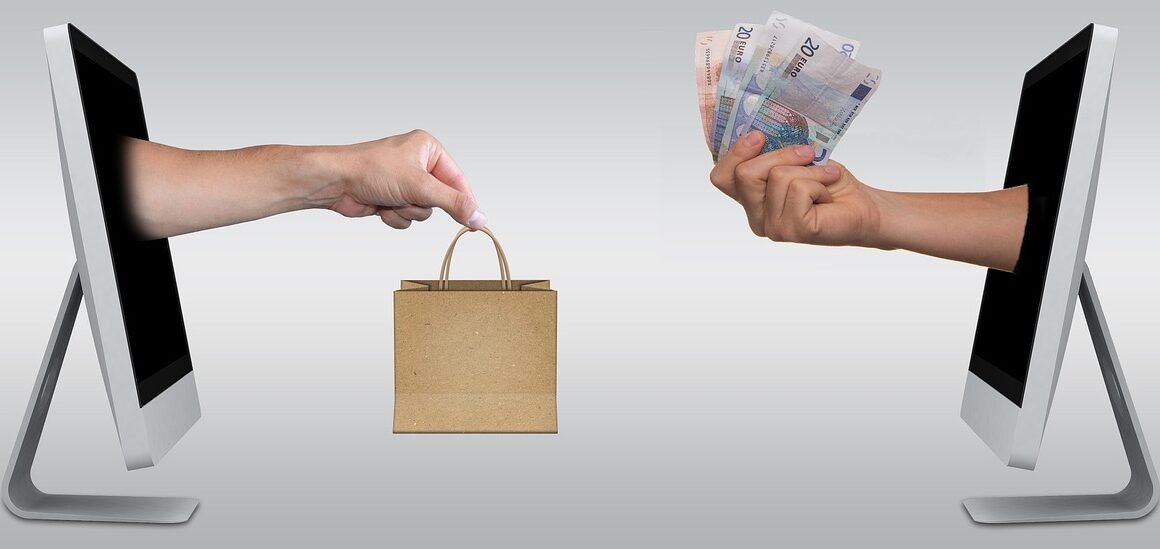Imagine a world without bulky wallets overflowing with receipts and cards. A world where payments are seamless, secure, and just a tap away. Welcome to the realm of digital wallets, a revolutionary technology transforming how we handle our finances. This comprehensive guide will delve into the world of digital wallets, exploring their features, benefits, security aspects, and future trends. Whether you’re a tech enthusiast or a newcomer to the digital landscape, this post will equip you with the knowledge to navigate and leverage the power of digital wallets.
What is a Digital Wallet?
Definition and Functionality
A digital wallet, also known as an e-wallet, is a software-based system that securely stores users’ payment information, such as credit card details, debit card details, loyalty cards, and even digital currencies. It allows users to make electronic transactions in a variety of settings, from online shopping to in-store purchases, all without physically using their cards or cash.
Essentially, a digital wallet acts as a virtual container for your financial information, enabling quick and easy payments via smartphones, smartwatches, tablets, or computers. They use technologies like Near-Field Communication (NFC), QR codes, and cloud-based systems to facilitate these transactions.
Types of Digital Wallets
Digital wallets come in various forms, each offering unique features and catering to specific needs:
- Mobile Wallets: These wallets reside on your smartphone and utilize technologies like NFC or QR codes for in-store payments. Examples include Apple Pay, Google Pay, and Samsung Pay.
- Online Wallets: Primarily used for online shopping, these wallets store your payment information securely within your browser or on a website. PayPal is a prime example.
- Cryptocurrency Wallets: These wallets are specifically designed to store, send, and receive cryptocurrencies like Bitcoin and Ethereum.
- Wearable Wallets: Integrated into smartwatches and fitness trackers, these wallets allow for contactless payments on the go.
Benefits of Using Digital Wallets
Convenience and Speed
One of the most significant advantages of digital wallets is their convenience. No more fumbling through your physical wallet or searching for the right card. With a digital wallet, your payment information is readily accessible with a simple tap or scan.
- Faster Checkout: Digital wallets significantly speed up the checkout process, both online and in-store.
- Reduced Clutter: Consolidate all your cards and loyalty programs into one digital location.
- Easy Online Payments: Quickly fill in payment details during online purchases without manually entering card numbers and addresses.
Enhanced Security
Contrary to popular belief, digital wallets often provide enhanced security compared to traditional methods. They employ various security measures to protect your financial information.
- Tokenization: Sensitive card details are replaced with a unique “token,” making it virtually impossible for hackers to steal your actual card number during a transaction.
- Biometric Authentication: Many digital wallets require fingerprint or facial recognition, adding an extra layer of security.
- Encryption: Your payment information is encrypted both in storage and during transmission.
- Fraud Monitoring: Digital wallet providers actively monitor transactions for suspicious activity.
Rewards and Loyalty Programs
Many digital wallets integrate with loyalty programs, allowing you to earn and redeem rewards points automatically.
- Automatic Loyalty Program Integration: No need to carry separate loyalty cards; your rewards are automatically applied when you pay.
- Exclusive Offers: Digital wallet providers often offer exclusive discounts and promotions to their users.
- Simplified Tracking: Easily track your rewards points and progress within the digital wallet app.
How to Set Up and Use a Digital Wallet
Choosing the Right Wallet
Selecting the right digital wallet depends on your individual needs and preferences. Consider the following factors:
- Device Compatibility: Ensure the wallet is compatible with your smartphone, smartwatch, or computer.
- Accepted Payment Methods: Verify that the wallet supports your preferred credit cards, debit cards, and bank accounts.
- Security Features: Look for wallets with strong security measures, such as tokenization, biometric authentication, and encryption.
- Fees: Some wallets may charge transaction fees or subscription fees. Be sure to understand the fee structure before signing up.
Adding Payment Methods
Adding payment methods to your digital wallet is typically a straightforward process:
- Download and install the digital wallet app.
- Create an account and verify your identity.
- Add your credit cards, debit cards, or bank accounts by scanning the card or manually entering the details.
- Verify your payment methods through SMS verification or other security measures.
Making Payments
Once your wallet is set up, making payments is simple:
- In-Store Payments (NFC): Unlock your phone and hold it near the NFC-enabled payment terminal.
- In-Store Payments (QR Code): Scan the QR code displayed at the checkout counter using the digital wallet app.
- Online Payments: Select the digital wallet option during checkout and follow the on-screen instructions to authorize the payment.
Security Considerations and Best Practices
Protecting Your Digital Wallet
While digital wallets offer enhanced security, it’s crucial to take precautions to protect your account:
- Use Strong Passwords: Create a strong, unique password for your digital wallet account.
- Enable Two-Factor Authentication (2FA): Add an extra layer of security by requiring a code from your phone or email in addition to your password.
- Keep Your Software Updated: Regularly update your digital wallet app and your device’s operating system to patch security vulnerabilities.
- Be Wary of Phishing Scams: Be cautious of suspicious emails or messages asking for your login credentials or payment information.
- Report Suspicious Activity: Immediately report any unauthorized transactions or suspicious activity to your digital wallet provider.
Understanding Transaction Limits
Many digital wallets have transaction limits to prevent fraud and protect your account. Be aware of these limits and adjust them as needed.
What to Do if Your Device is Lost or Stolen
If your device containing your digital wallet is lost or stolen, take immediate action:
- Remotely Lock Your Device: Use your device’s remote lock feature to prevent unauthorized access.
- Report the Loss or Theft: Contact your digital wallet provider and your bank to report the loss or theft.
- Deactivate Your Wallet: Remotely deactivate your digital wallet to prevent unauthorized transactions.
The Future of Digital Wallets
Emerging Technologies and Trends
The future of digital wallets is bright, with several emerging technologies and trends poised to reshape the landscape:
- Biometric Payments: Increased adoption of biometric authentication methods, such as facial recognition and fingerprint scanning, for secure and seamless payments.
- Integration with Blockchain Technology: Exploration of blockchain technology to enhance the security and transparency of digital wallet transactions.
- Central Bank Digital Currencies (CBDCs): Potential integration of CBDCs into digital wallets, offering a new form of digital currency backed by central banks.
- Increased Interoperability: Greater interoperability between different digital wallet platforms, allowing users to seamlessly make payments across various ecosystems.
- Personalized Financial Management: Integration of financial management tools into digital wallets, providing users with insights into their spending habits and helping them manage their finances more effectively.
The Rise of Contactless Payments
The COVID-19 pandemic has accelerated the adoption of contactless payments, further fueling the growth of digital wallets. Contactless payments offer a safer and more hygienic way to pay, reducing the risk of virus transmission.
The Impact on Traditional Banking
Digital wallets are disrupting the traditional banking industry, forcing banks to innovate and adapt to the changing landscape. Banks are increasingly partnering with digital wallet providers or developing their own digital wallet solutions to remain competitive.
Conclusion
Digital wallets are more than just a trend; they represent a fundamental shift in how we manage and use our money. Offering unparalleled convenience, enhanced security, and a growing array of features, digital wallets are empowering consumers and transforming the financial landscape. By understanding the benefits, security considerations, and future trends of digital wallets, you can confidently embrace this technology and unlock its full potential. Start exploring your options today and experience the future of payments!



